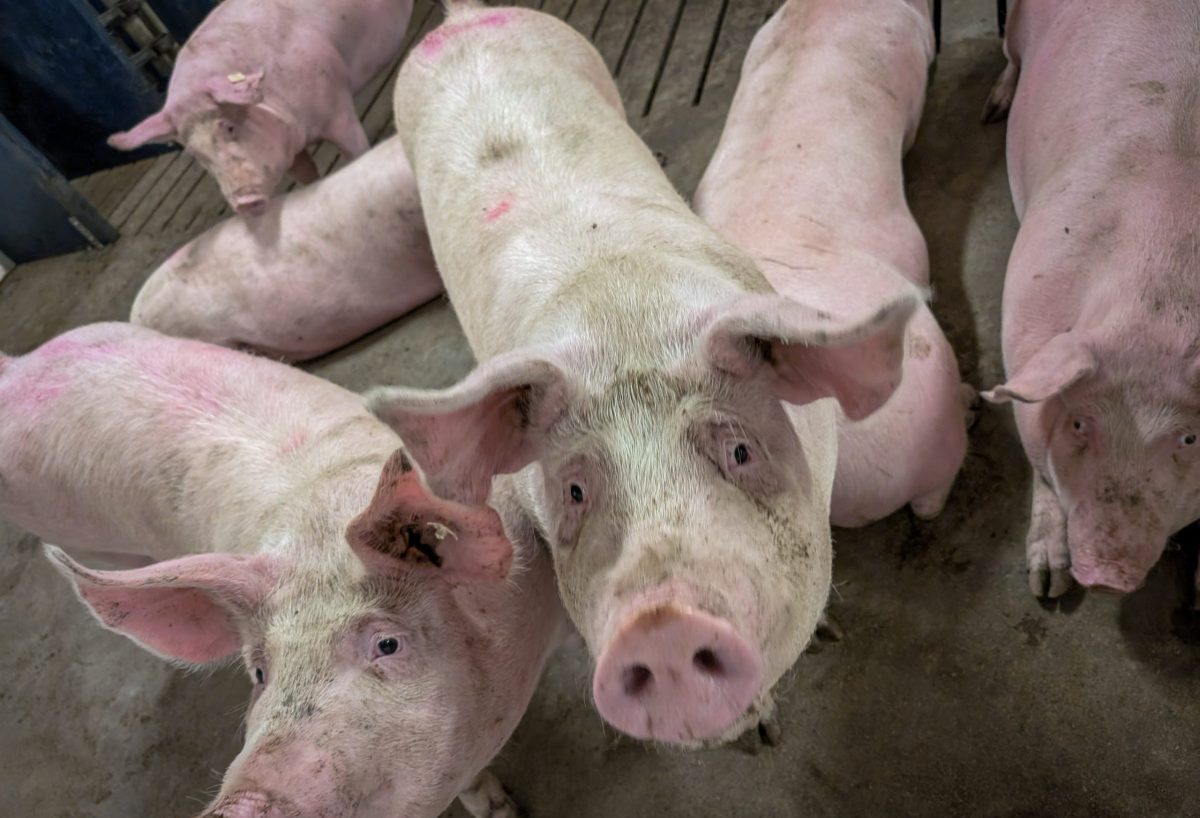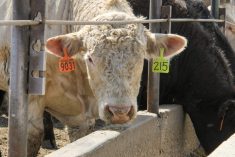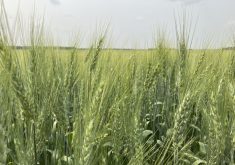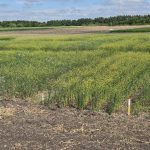CNS Canada — At more than $7 per bushel for rye in Western Canada, Cal Vandaele believes the price has topped off.
“There’s been bids touching $8,” said Vandaele, of Vandaele Seed at Medora, Man., about 120 km southwest of Brandon, adding the price will decline over the winter.
“When they start getting into these levels all buyers are going to be hand-to-mouth. Nobody is going to want to be owning too much inventory at these levels.”
Prices last December-January were about $4 per bushel, Vandaele said, and by the spring they reached the mid-$5 range, continuing upward.
Read Also

U.S. livestock: Cattle, hogs rise
Chicago cattle and lean hog futures continued to climb on Wednesday.
The increases were driven by two factors when it came to seeding last year, he said. For one, soil moisture levels weren’t conducive to seeding. For the other, low prices the previous year turned off producers from considering rye, reducing supply.
Since then, there’s been a third factor that’s come into play, according to Vandaele. “The saving grace (of) this year’s crop is its good quality. Prices have reacted quite aggressively.”
However, he noted, as winter progresses, the price of rye will decline.
“I think the market is probably starting to peak out. If you look at a lot of companies’ new-crop bids, they’re nowhere near those numbers you’re seeing. New-crop bids are in the $5.50-$6 range.”
Rye production in Canada during 2018 was down significantly. According to Statistics Canada, as of the September model-based report, production fell by more than 39 per cent to 207,000 tonnes, marking the country’s smallest crop since 2002 when Canada produced 133,800 tonnes of rye.
Saskatchewan had the largest decline, seeing its rye crop plummet by 68 per cent down to 36,200 tonnes. Manitoba was close behind with a 64 per cent drop resulting in 47,200 tonnes. The drop was less severe in Alberta, down 17 per cent at 27,900 tonnes.
Going against the grain were Quebec and Ontario. Quebec’s rye crop jumped by 27 per cent to 19,100 tonnes, while Ontario’s, the country’s largest in 2018, skyrocketed by 59 per cent to 76,500 tonnes.
There may be updated fall acres for rye in the coming months.
— Glen Hallick writes for Commodity News Service Canada, a Glacier FarmMedia company specializing in grain and commodity market reporting.















